Here’s how to get ahead of this brand new VCE English Unit.
What Is ‘Creating Texts’?
If you’re in Year 12 this year, chances are you will begin studying the Creating Texts Area of Study very soon (if you haven’t started already). This new AoS in the 2024 study design has essentially expanded and replaced the previous study design’s approach to creative writing, now placing a greater focus on the process of creating texts and embracing multiple forms of writing.
Here’s what the study design states the outcome of this unit is:
‘On completion of this unit the student should be able to demonstrate effective writing skills by producing their own texts, designed to respond to a specific context and audience to achieve a stated purpose; and to explain their decisions made through writing processes.’ (VCAA English Study Design, 2024-2027)
So, while before VCAA did not place a heavy focus on this unit, now it is heavily emphasised, being one of the three sections of the English exam. Now, more so than before, you are required to write – even if just a little bit – creatively.
Given that Creating Texts is now reflected in the end-of-year exam, it is very important to nail it. And to do that, you first need to know what this Area of Study is all about.
Framework of Ideas
A big part of this AoS is the Framework of Ideas, which provides students and, perhaps most importantly, schools, with thematic guides to encourage discussion and unique writing. The study design states:
‘The Framework of Ideas presents four broad ideas through which students can engage with writing’.
Here’s what they are, as directly taken from the study design:
- Writing about country: 'Exploration of place and belonging'
You can also explore ideas of one’s sense of national belonging, the climate crisis, colonisation and decolonisation, and different forms of cultural identities in relation to the land. Aboriginal and Torres Strait Islander perspectives can also be addressed.
- Writing about protest: 'Explorations of conflict and contest, what it means to protest, the value of protest, the outcomes of protest, personal stories of protest, struggle and war'
For this framework, you can dive deep into prominent figures who spearheaded social movements through protests, or you can look at protest more broadly and investigate its role and effectiveness within society, the history of protest and its many facets.
- Writing about personal journeys: 'Explorations of ‘life’ or biographical explorations'
Ideas surrounding the importance of storytelling and personal change, and invitations for students to create autobiographical written pieces are also outlined in the study design.
- Writing about play: 'Explorations of experiences and traditions of play and playing in many cultures and through history'
This framework also invites thought into how play intersects with technology, the role of play and make-believe in our daily lives, and even how performance and social media may influence how we view the world today.
NOTE: The study design also offers many other possible ways to explore these ideas, so make sure to check it out and read it carefully. It can be found HERE.
As you can see, the ideas within the frameworks are very broad. This was intentionally done, so that you have ample opportunity to find something within those ideas that engage you. Your school will choose only one of these frameworks, so you are in no way expected to dissect all four – that would be a huge undertaking!
Mentor Texts
There are also four mentor texts for each framework, which range from TED Talks, blog posts, short stories, speeches and argumentative articles, to name a few. Their purpose in the curriculum is to serve as examples of effective writing, as the selected texts show a competent understanding of context, purpose and audience, as well as confident use of textual features such as tone, vocabulary and authorial voice. This is similar to what you might have encountered in Year 11, where you were asked to read and analyse a range of creative texts to then inform your own writing.
When studying your mentor texts, make sure to keep all of this in mind and carefully analyse each text and what is successful about them in relation to your framework. This will make your life much easier when it comes to writing your own.
If you don’t feel very confident in creating texts or think these frameworks are very broad and hard to come up with good ideas for, just remember that you’re not going into this unit completely blind, neither are you expected to write completely from scratch.
Besides your experience last year, your given framework and mentor texts are there to provide a guide to effective writing and introduce you to many different ideas, so make sure to use them to your advantage! Besides, having more freedom in a creative writing task should definitely be viewed as a benefit rather than a hindrance.
Oh No! Does This Mean I Have To Write a Narrative?
No, it doesn’t! If the aforementioned formats of the mentor texts were any indication, this AoS encourages you to embrace the variety of different writing styles.
When before you might have been required to write within a narrative format or asked to ‘fill a gap’ in an already existing short story, now you have the freedom to write in whatever way you want, and it does not need to be a narrative, let alone fictional storytelling.
In the context of the Creating Texts AoS, ‘creative writing’ does not only equate to creating fictional characters, worlds and narratives. Instead, it gives way to the many other forms of writing that show off a writer’s creativity, which is not solely dependent on what is written, but also how and why the text has been written. This links back to the context, purpose and audience idea I talked about before.
The study design also heavily focuses on the process of writing and experimentation and not just the final draft. This AoS is your chance to fully immerse yourself in writing, so you should make sure to brainstorm and try new modes of writing you might not have thought of before. You might end up surprising yourself and coming up with great texts!
So, here’s a non-exhaustive list of writing styles you can choose to tackle:
- Your classic narrative or short story
- Memoir
- Argumentative article
- Transcript of a Podcast episode
- Speech
- Poetry/Song (just remember you are not allowed to write in these formats for the Exam!)
- Reflective essay
- Biographical texts
You may find that, as you work through the unit, some formats may be more effective than others depending on your framework, chosen audience, chosen tone or even just your personal preference. For example, writing in a blog post format post would be more effective in engaging the particular audience of teens and young adults.
Or, you may choose to convey your ideas with a specific tone in mind. For example, if you want to address your framework in an emotive way you might choose to write a first-person narrative short story. Conversely, if you want to address it in a rational and factual way, you might choose to write an article.
That’s another reason why experimenting and trying new things is so important - so that you can find out what, in your opinion, suits you and the framework best.
Check out our blog post on the Skeleton Approach for a suggestion of how you could potentially structure your Creative piece.
What Your SAC Will Look Like
This AoS is worth 60 of the 100 marks allocated for Unit 3, so it is a big deal. However, if you have a look at the study design, those 60 marks are split into three equal parts worth 20 marks each, which means your SAC will consist of three things:
1) ‘A written text constructed in consideration of audience, purpose and context.’ And, of course, your text will also need to be constructed in relation to your chosen framework.
2) ‘A written text constructed in consideration of audience, purpose and context.’ Yep, that’s right. For this SAC you have to create two distinct writing pieces. The assessment task as it is outlined in the study design does not mention whether they need to have completely different formats or audience/purpose/context from one another, so the specifics might be up to your school to decide.
3) ‘A commentary reflecting on writing processes.’ This is the same as a Written Explanation, which you likely have come across before. This is where you write a couple of paragraphs outlining and justifying your choices for each written text you produced, especially in relation to your framework and your audience, purpose and context. Having a successful commentary means you clearly describe the authorial intent in your work, so make sure to be specific and self-analytical in your writing!
What the Exam Will Look Like
The 2024 English exam will be the first exam that follows the new 2024-2027 study design, and the biggest change between now and the previous years is that Section B, which used to ask students to write a Comparative Response to a set of texts they would have studied at school during the year, is now all about Creating Texts. So much so that now Section B is called – you guessed it – ‘Creating texts’.
VCAA has been kind enough to release a sample of this new requirement, which outlines very faithfully what this section will look like in the actual exam. The exam paper consists of a page of general instructions which apply to all students, and then four pages with three pieces of stimulus material each, which relate to each of the four frameworks.
The stimuli consist of one statement, an image, and a section of a poem/story, and the exam paper says you must use ‘at least one’ of them in your writing. (Here’s a quick tip: if the examiners are asking for at least one, use two or more.)
There is also a compulsory title given for each framework, which must be the title of your text.
The instructions in the VCAA sample exam also outline that in Section B ‘you must create one written text (not including song, poetry or verse)’, and that ’you must include meaningful connections with ideas drawn from one of the Frameworks of Ideas’ as well as the provided title and the stimulus material. You should choose the framework you have studied in depth at school to write about, and you are also able to refer to your mentor texts, although that is not compulsory in the exam.
Another point is that ‘you must develop your text with a clear purpose, incorporating at least one of the following: to explain, to express, to reflect, to argue.’
You may remember these purposes from the Unit 1 Crafting Texts Area of Study in Year 11. They are pretty much self-explanatory, and chances are that any writing you do will already serve one of these purposes without it being your conscious decision. Also, similar to the stimulus material, try to incorporate two purposes within your piece instead of just one, if possible.
And, as previously was the case as well, Section B is worth one-third of your full exam marks.
You can find the 2024 English sample exam and other very helpful resources such as past exams and exam reports by clicking HERE.
Three Tips to Help You Ace Creating Texts
So, now that we know what Creating Texts is all about, here are three helpful tips to keep in mind as you make your way through this Area of Study:
1) Play to Your Strengths
As you experiment and become familiar with a range of writing styles and formats, you may find that you’ve become really good at writing argumentative essays, or you became more interested in writing short stories, or maybe you remember that in Year 11 you got a high mark for writing a strong reflective essay. Make sure to self-assess and keep in mind what your strengths are in writing, even if they might not be apparent at first glance.
Also remember that, in the exam, you have a very limited amount of time to come up with a unique piece of writing from scratch, so having a text format in mind that you feel really confident and comfortable writing with can provide at least a little bit of guidance and reassurance when you’re writing something new.
2) Choose Formats That Will Help You Show a Deep Understanding of Your Framework
For instance, if you have the ‘writing about play’ framework and you are deeply inspired by an example of how play can help people heal from trauma from one of your mentor texts which happens to be a memoir, you might deem it best to write a short story or a personal fictionalised diary entry which shows you have taken inspiration from that memoir’s central idea, but you are also engaging with the framework’s implications in society.
Of course, this should be judged on a case-by-case basis, but it can be a helpful guide if you feel stuck and unsure of where to start your writing process.
3) Be Flexible
This is especially important for the exam. You don’t want to walk in with a memorised text! Examiners can definitely tell when a student has just route-learned their way into essay writing, and this will undoubtedly be extra noticeable for creative texts, especially when the exam gives you no choice but to integrate their given stimulus material.
This is why becoming used to as many writing formats as possible, alongside consistent planning and brainstorming, are incredibly important skills to develop throughout the year, so that when it comes time to the end-of-year exam you are ready to go regardless of what the examiners throw at you!
The best way to succeed in this Unit, like pretty much all other tasks in English, is to consistently practice your writing and experiment with as many writing styles as you possibly can. Be open to new ways of thinking, not only about the framework you are given, but about the concept of writing itself! Although certainly challenging, the Creating Texts AoS can prove itself to be great fun. So, best of luck in creating texts, and happy writing!
For more on Creative Responses check out:





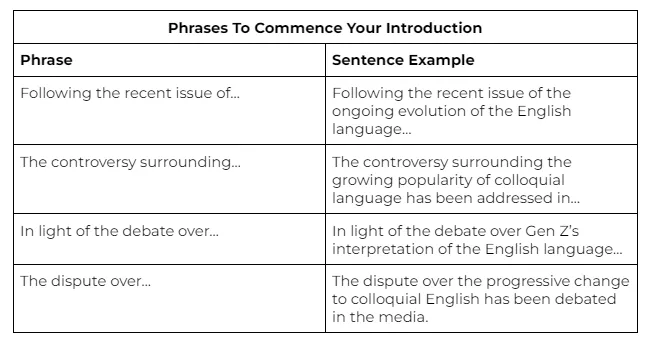
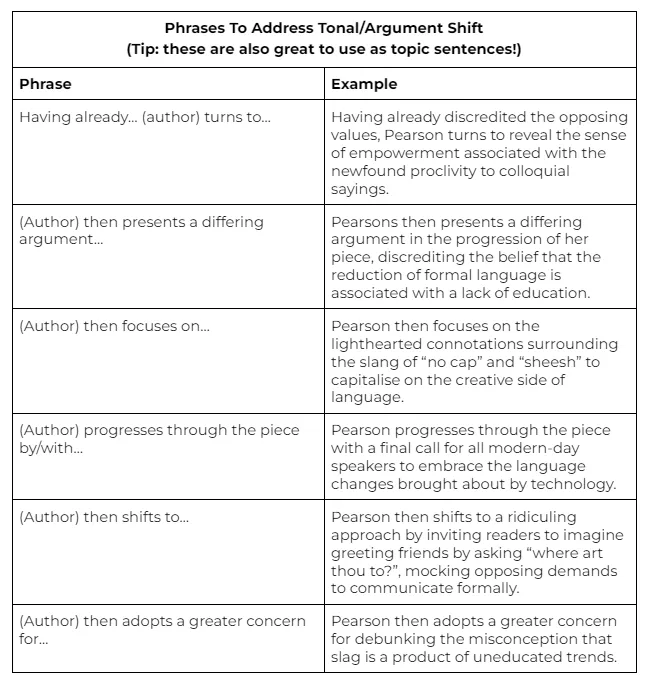

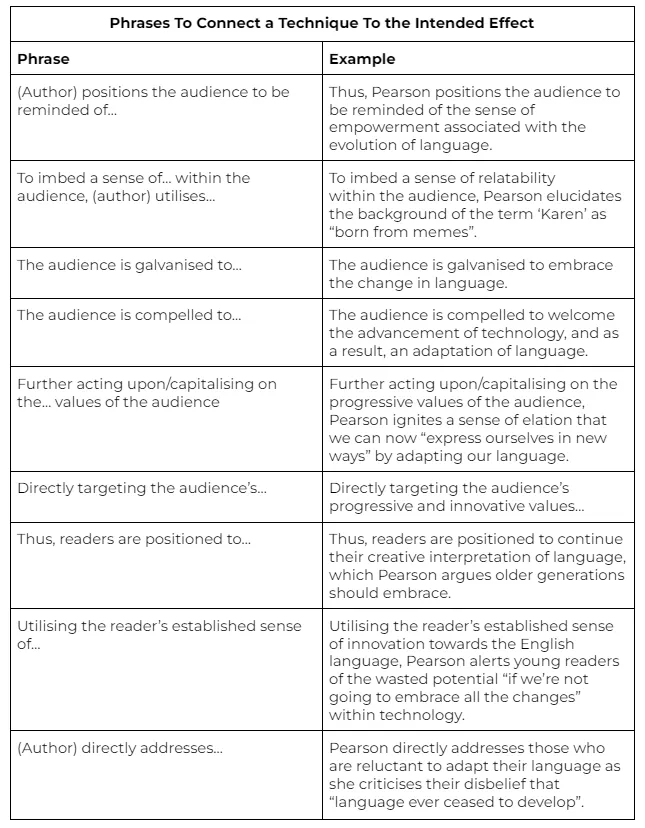
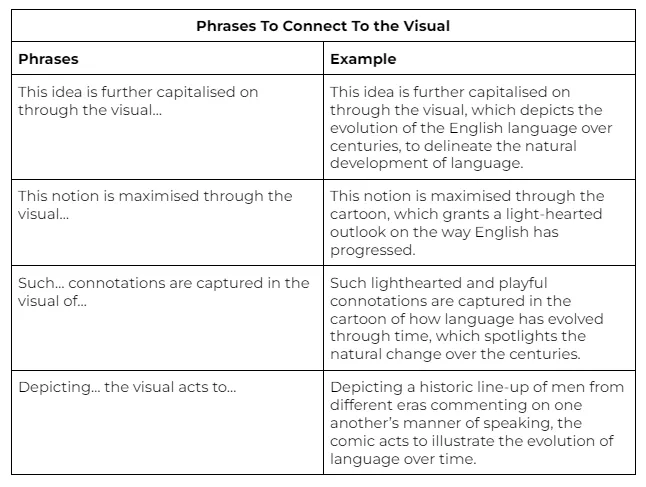
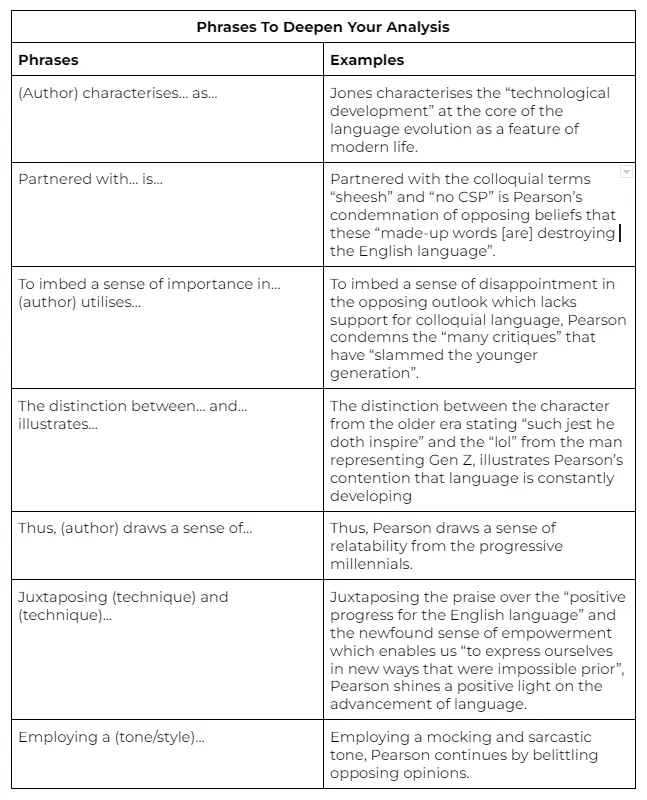
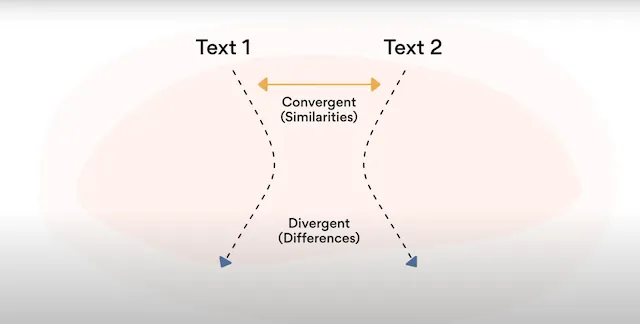


.jpg)